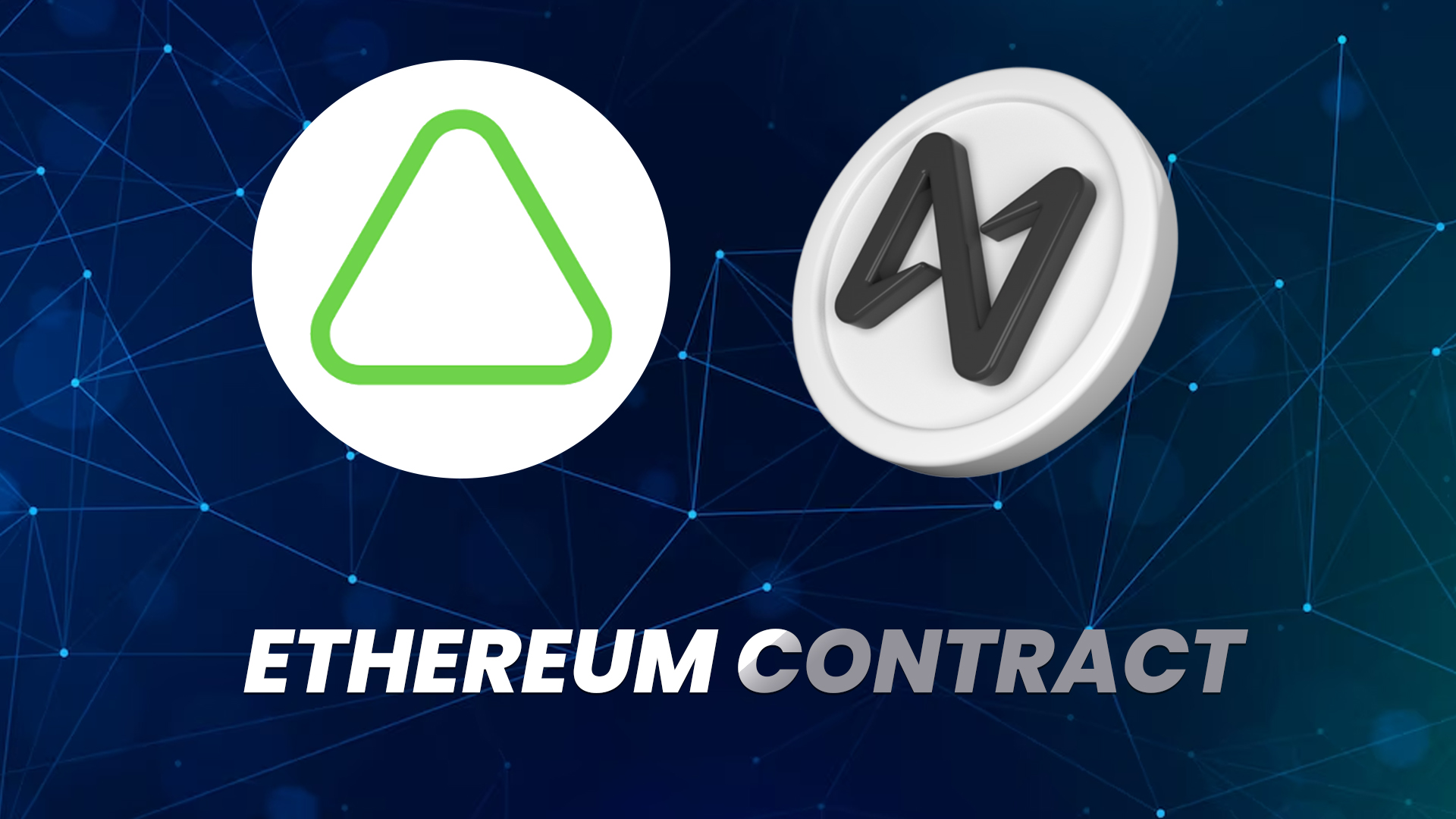
Aurora Blockchain: Leveraging Ethereum Contracts Via NEAR Protocol
- Aurora is a blockchain network with Ethereum’s ecosystem compatibility based on NEAR blockchain.
- Its base protocol provides quick transaction finality and scalability, along with contract execution.
Aurora is a Layer-2 blockchain that unlocks all the potential of Web3 while being a Web2 business. It provides a scaling solution for Ethereum’s contract execution more efficiently. This blockchain enables the Ethereum Virtual Machine (EVM) to be implemented on the NEAR protocol. Even as a Layer-1 solution, it helps to achieve enhanced scalability, fast transactions and low carbon emissions.
What is Aurora?
The Aurora blockchain is a layer-2 solution that allows Ethereum contract’s execution with great performance and efficiency. The NEAR platform, with its layer-1 features, provides fast transaction finality while being carbon-neutral and scalable. This protocol-based EVM is implemented on this platform as a smart contract. This provides scalability to the Ethereum network for developers.
It aims to build a developer-centric platform on which users can operate their Ethereum-compatible applications with a low transaction fee and high-throughput. Aurora offers all the Layer 2 functionalities like security, speed and scalability with previous Ethereum 1.0 experience
Accessing this platform is not very complex if you are an Ethereum developer. Once you get used to it, you will find it easy and convenient for efficient contract execution. NEAR backed trustless connections give easy access to Ethereum, which means even Aurora based assets are similar to Ethereum’s assets. Aurora’s Ethereum virtual machine (EVM) account balance is denominated in ETH (Ether), similar to the Ethereum mainnet.
How Does it Work?
Regular Ethereum transactions can be directly transferred to the Aurora blockchain. A fully functioning Ethereum virtual machine (EVM) was implemented by the NEAR protocol over its platform. The EVM consists of pre-compiled opcodes, where some opcodes are easily modified to fit the framework. For enhanced smoothness and performance, some EVM runtime operations have been moved to the NEAR protocol.
This Platform’s contracts are executed with an efficient EVM that’s backed by Rust called the Sputnik VM. It provides the Ethereum blockchain with a runtime environment that ensures safety and reliability during smart contract execution. By using a decentralized Rainbow Bridge from the NEAR protocol, funds can be transferred.
Users can transfer Ether (ETH) onto Aurora and vice versa, which is necessary to pay for transactions within the platform. While keeping the EVM currency similar to Ethereum, this method proves to be helpful for easy access with less confusion.
NEAR Relevance to Aurora
NEAR Protocol is a developer-centric and user promising blockchain platform. Aurora came to the forefront as an EVM-compatible network that’s based on NEAR’s sharding. The Synapse Protocol Bridge provides the easiest way to connect Aurora and the NEAR platform. This enables a user-friendly experience with lower fees.
You can access these features by creating a wallet and funding it with an Ether (ETH) token (or any other stablecoin), Aurora can be selected using the Synapse Protocol bridge to mark the destination blockchain. While connecting NEAR’s Mainnet with the Rainbow Bridge, there are very few steps left to make on the mainnet because most of the applications and transactions are made on Aurora.
Conclusion
This blockchain is constantly working to reduce gas fees per transaction. This issue arises because of its block time, which is 1 second (where Ethereum’s block time is 14 seconds). The contract has to be optimized to reduce transaction batch sizes. An interface has been deployed to view and release the bridge tokens. With its unique features, it strives to become the fastest growing blockchain in the world of Crypto.
